Key Takeaways
- Filler episodes bridge gaps, expand character backstories, and serve as reminders for viewers.
- Some fillers enrich shows with creative storytelling, while others disrupt continuity and are detestable.
- Fillers are a necessary evil for anime studios, but striking a balance between good and boring is crucial.
Filler episodes are a long-debated feature in anime, known both for enriching stories and, at the same time, frustrating viewers. Primarily designed to provide content while the source manga develops, fillers can bridge gaps between story arcs or dive into character backstories. They often serve as refreshers or recaps that help viewers reconnect with complex storylines and characters. They do, however, have some controversy about them: fillers reduce the momentum of the main story, especially in extended anime series.
Some series use filler episodes to explore special character interactions or side stories, while others may introduce shows that their fans deem not quite as interesting since their presence can divert from the show’s main storyline. With Naruto, One Piece, and Bleach tending to devote entire arcs to fillers, debates are still heated on which ones to watch or skip in your viewing circle. Often, there is an ambiguous view concerning some filler episodes that show how it can be an enhancement for viewers or an impediment to the main storyline.
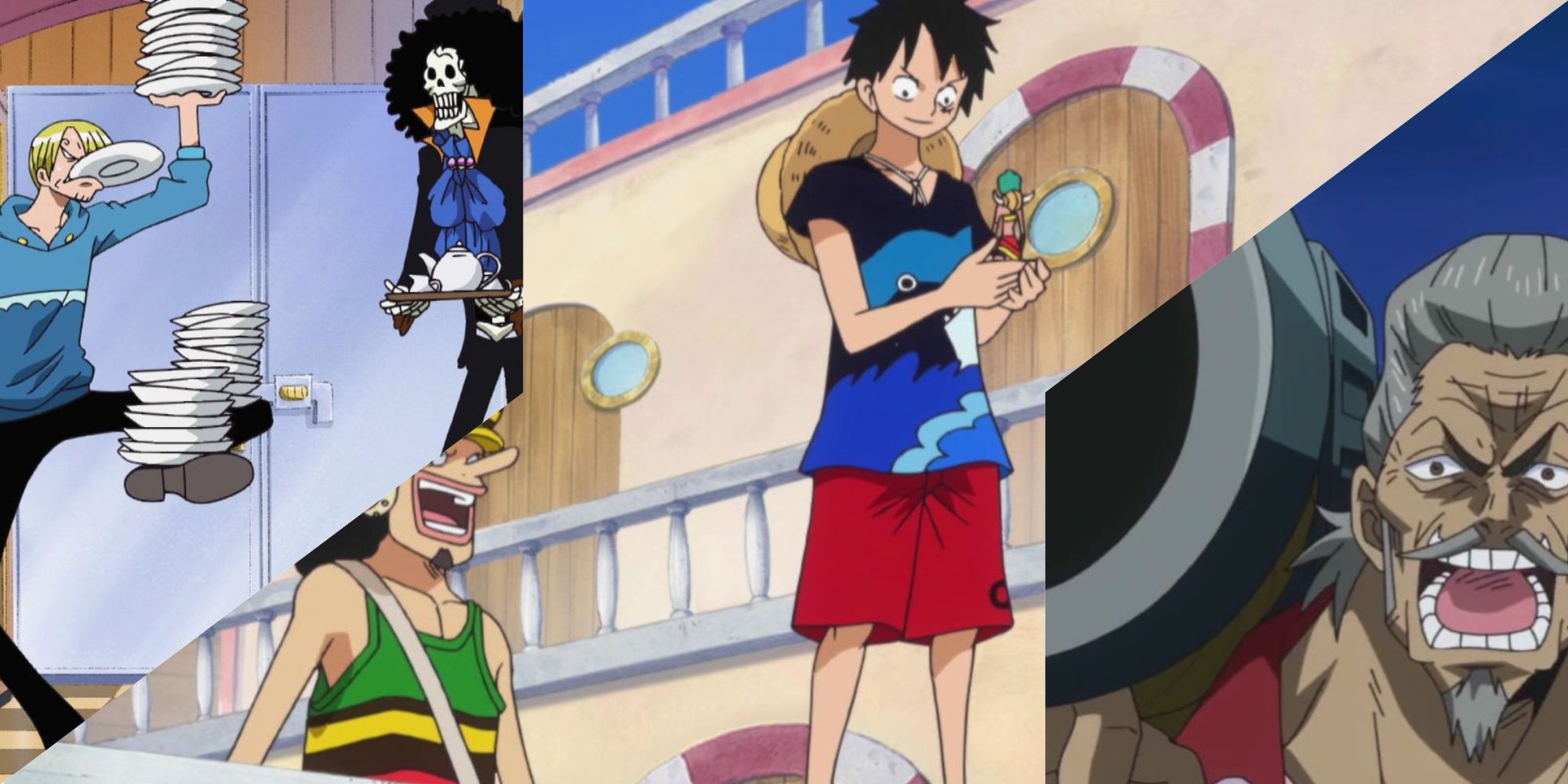
10 One Piece Filler Episodes That Add Depth To The Main Characters
These episodes include plot points that shape the story and move forward to impact the future of certain characters.
Why Use Filler Episodes
To Give Mangaka The Time To Continue Their Work
Filler episodes serve several purposes in anime. They not only prevent the anime from catching up with the manga but also allow writers to expand on other elements of the characters and the world. This is especially useful in shows with complex plots and detailed settings, allowing them to stay at a comfortable pace without losing their core storylines. Filler episodes also work to remind fans who might have forgotten certain intricacies of the story, kind of like recaps, at times reintroducing important plot points to the viewer.
In One Piece’s case, even entire filler arcs expand on the dynamic world of the Grand Line, comprising episodes that may have zero bearing on the actual journey of the Straw Hat crew but add to the adventure level of it. Similarly, Naruto has a long list of filler episodes where he introduces fans to various ninja villages, each with its own unique challenges and new characters. Though most fans are frustrated with the pacing, these filler episodes give these series longevity and develop themes and character backstories.
Favorable Filler Episodes
When Fillers Add Value
Occasionally, a filler episode is not boring; in fact, it turns out to be one’s favorite part of the series, whose creativity and depth are highly valued. Perhaps one of the best examples of good filler comes in the form of One Piece’s G-8 Arc, a storyline in which the Straw Hat Pirates find themselves trapped inside a Marine base. Despite technically being a filler arc, the setting is superbly done, full of hilarious moments, and character-driven to the extent that it’s almost impossible to realize the gap in quality between these episodes and the ones actually based on the main story. This arc is proof that fillers can, in fact, be positive: fun, standalone adventures that still seem to fit into the world of the series.
The Zanpakuto Rebellion Arc in Bleach is another highly favored filler arc. It’s a very distinctive look into the weapons of the soul reapers, each having a personality and history. Although this arc did divert from the main storyline, it gave a whole new dimension that allowed fans to relate to the characters in newer ways. These kinds of fillers prove that with just a little thought, filler episodes can add to the experience by providing additional content for the fans that makes sense and fits into the overall storyline.
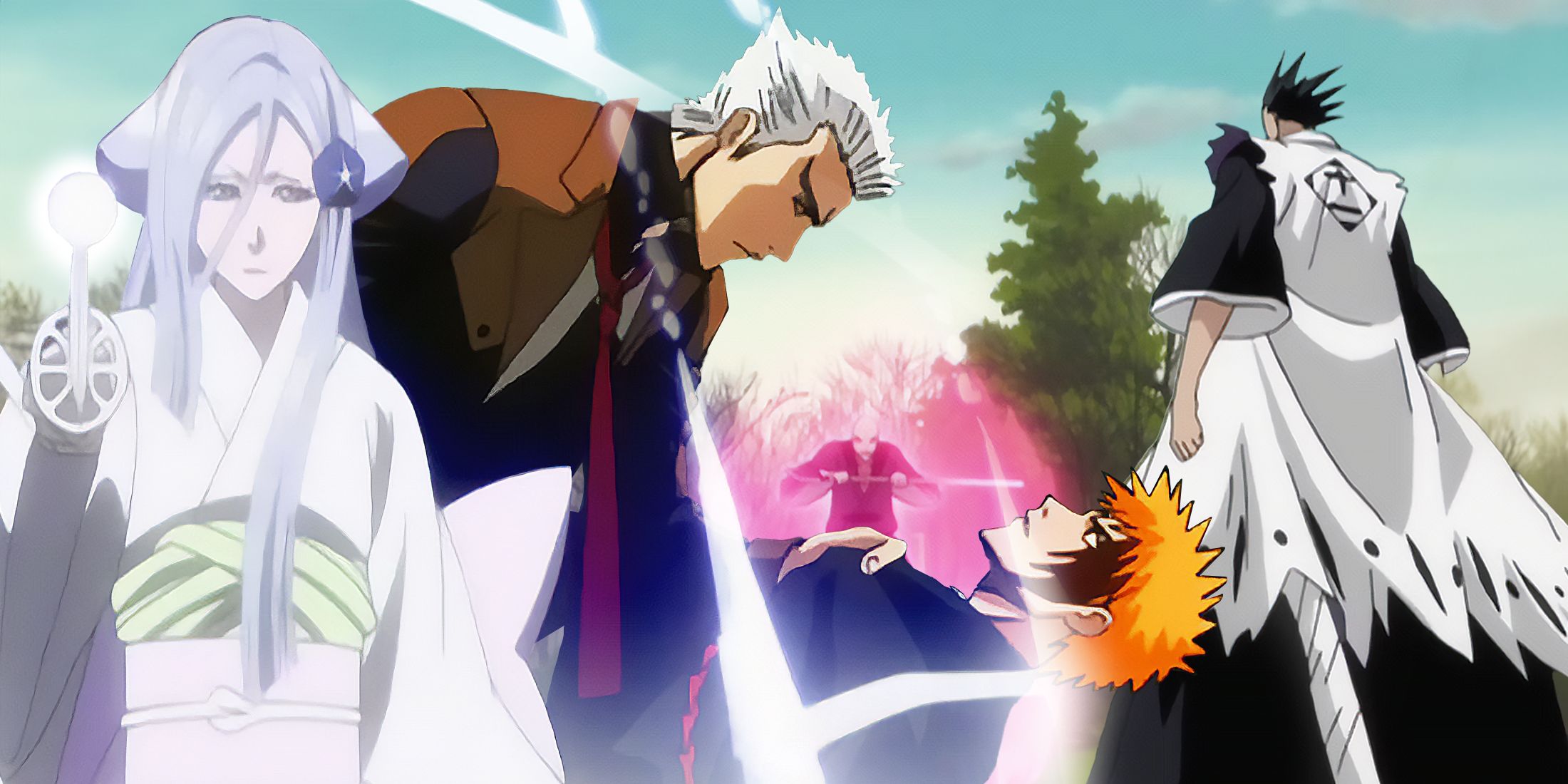
Bleach: All The Filler Episodes In The Anime
Fans of Bleach shouldn’t discount the filler episodes considering that a few of them are filled with interesting content.
The Less Popular Fillers
When Fillers Miss the Mark
Contrarily, many of the fillers turned out to be very detestable to fans because of a lack of relevance or, at times, even confusing. In Naruto, fillers include the Power Arc and the Mizuki Strikes Back Arc, which top the list of arcs that viewers like to skip. These kinds of fillers disrupt the continuity of key events that fans wish to see, most especially at very critical junctures in the main storyline. These story arcs often come under criticism from fans, as they do not add much value to the character or the world and often are unrelated to the key themes of the show.
Similarly, in Dragon Ball Z, the Garlic Jr. Saga is considered fully to be among the least necessary fillers, as it disrupts the continuity of the main action and does not bring significant character or plot development. The frustration with this type of filler arc often lies in the belief that they are, in fact, the very definition of filler: put there for stretching rather than uplifting. Episodes like these tend to make viewers feel their time is being wasted, even more so if arcs span a number of episodes and clearly don’t match up with either the tone or pace of the leading storyline.
Why Filler Episodes Are A Necessity At Times
Fillers might be thought of as a block to the more prevailing story, but they keep order in the production office of animation. Without fillers, a studio would come under pressure about whether to make more original content or actually stop its working process until the manga progresses forward, which could be quite problematic for the success of a show. Though filler episodes may not always go well with viewers, sometimes they have to be there to keep a series running without any abrupt changes.
However, when those arcs of fillers feel highly forced or too long, they tend to frustrate the viewer and make them disconnect from it. While fans truly understand the need for such filler episodes, many believe that this is the time when those episodes improve the storyline, not simply extend it. At the end, fillers remain a double-edged sword in anime, offering creative opportunities and challenges that can make or break the pacing and overall reception of the show.
How Studios Should Tackle Fillers
Maintaining A Balance Between Good And Boring
The problem that anime creators have to face is how to fill necessary gaps without losing the attention of their audience. One Piece and Bleach are some examples of anime that have pulled off filler episodes, enhancing the series if they are well-thought-out and placed. In other cases, forced fillers with little depth or relevance upset true fans and detract from the anime’s quality.
In short, filler episodes have a very important yet complicated role in anime: they sometimes annoy viewers by disrupting the actual storyline, but other times they also give new insights, expand the worldbuilding of the series, and present moments that are dear to their favorite characters. Knowing what fans love in fillers allows studios to take advantage of these episodes and create content that amplifies rather than diminishes the effectiveness of the main storyline.
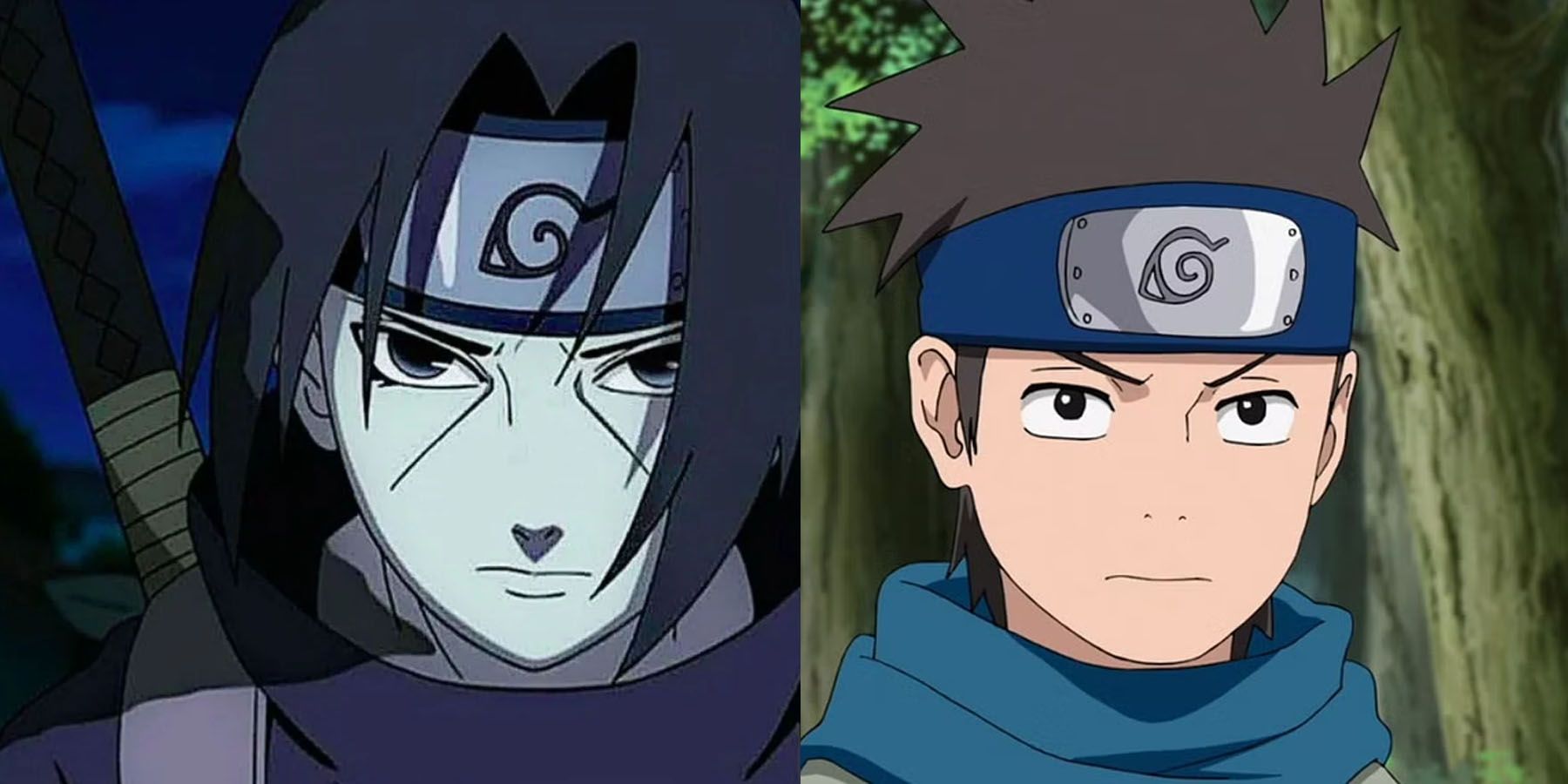
10 Naruto Filler Episodes That Add Depth To The Main Characters
Fillers are usually considered a waste of time in anime, but these Naruto filler episodes actually brought depth to the series’ main characters.
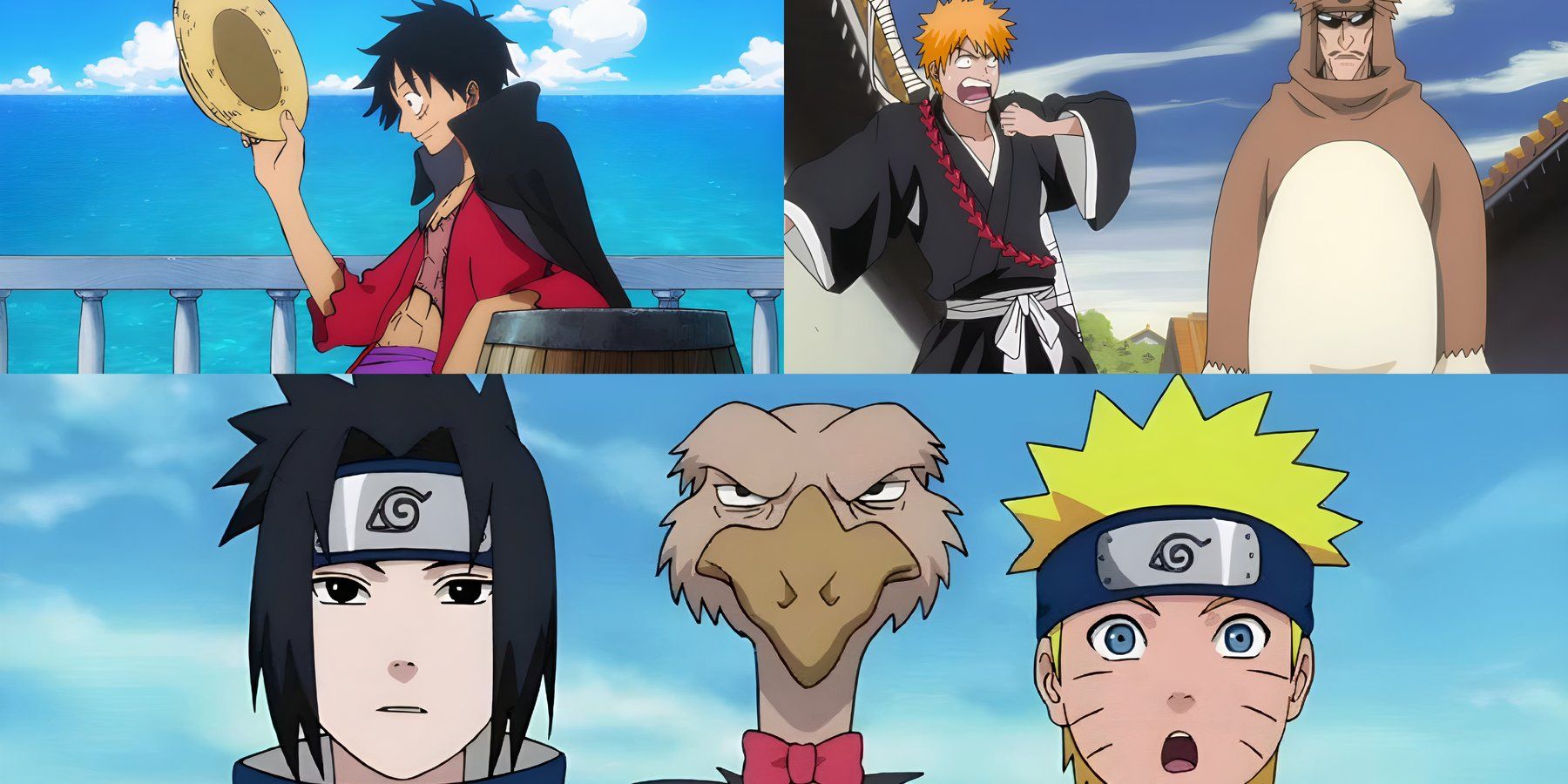


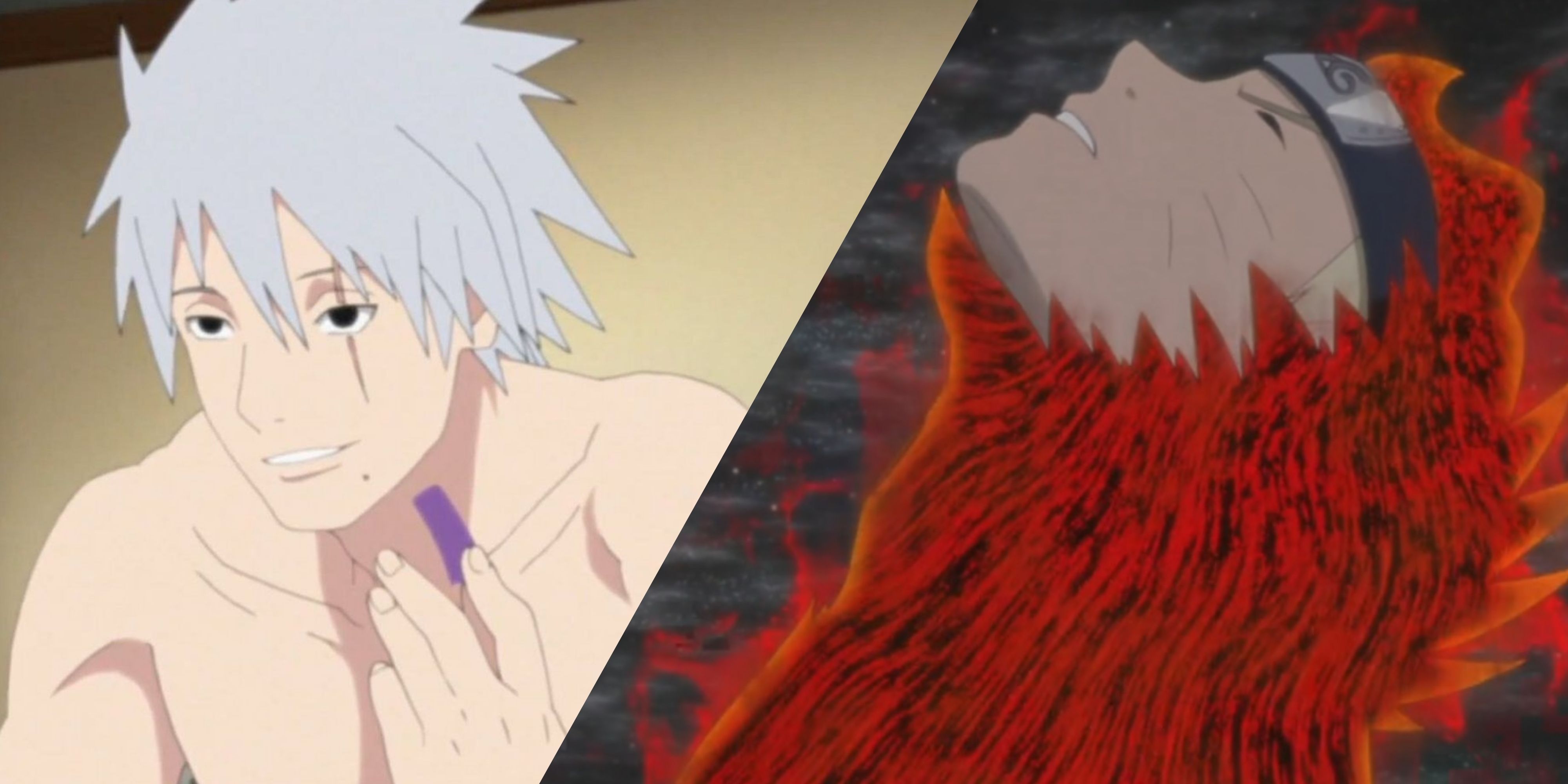
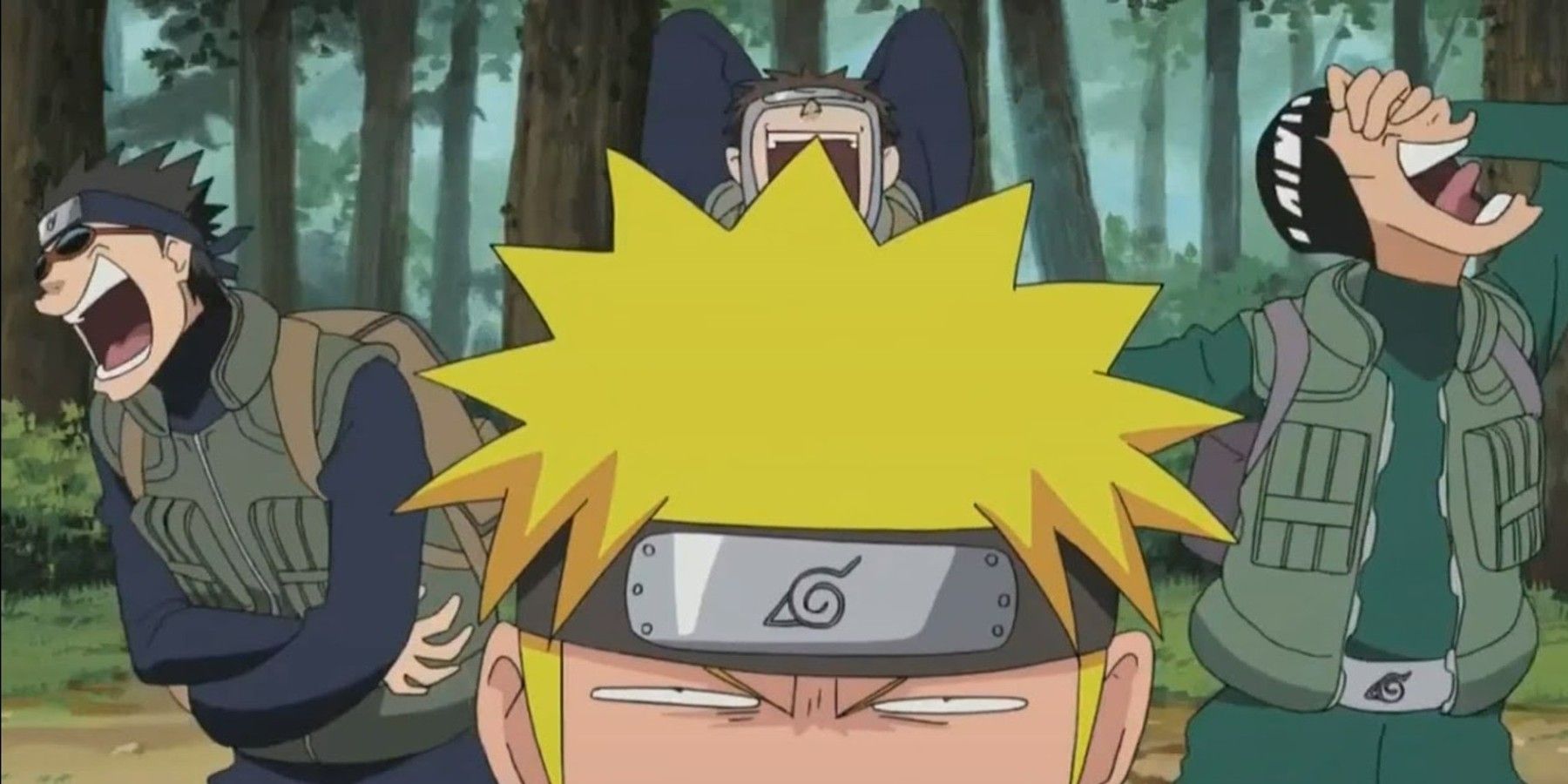

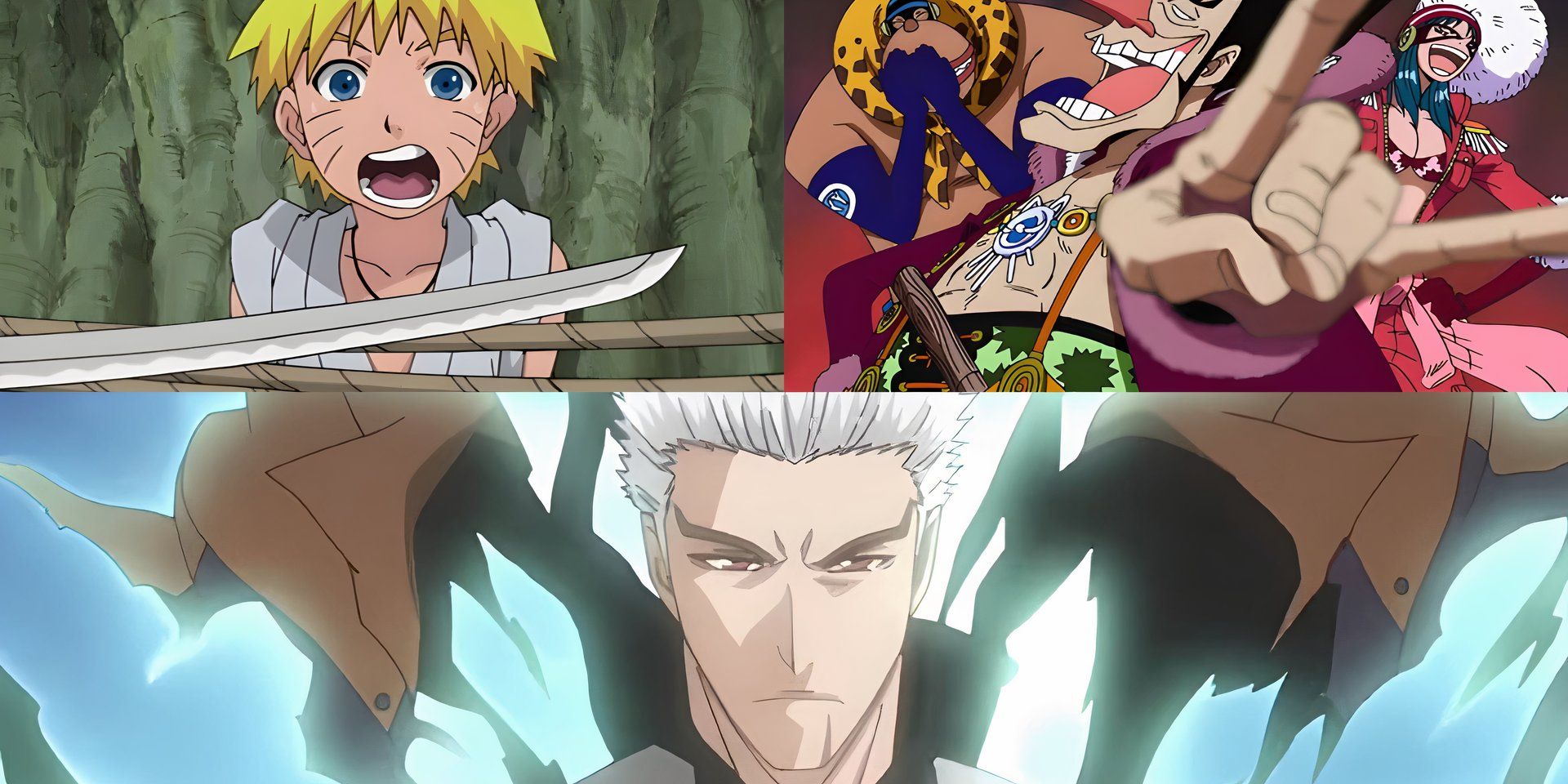








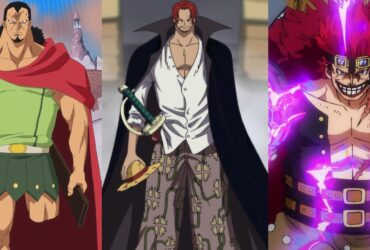

Leave a Reply